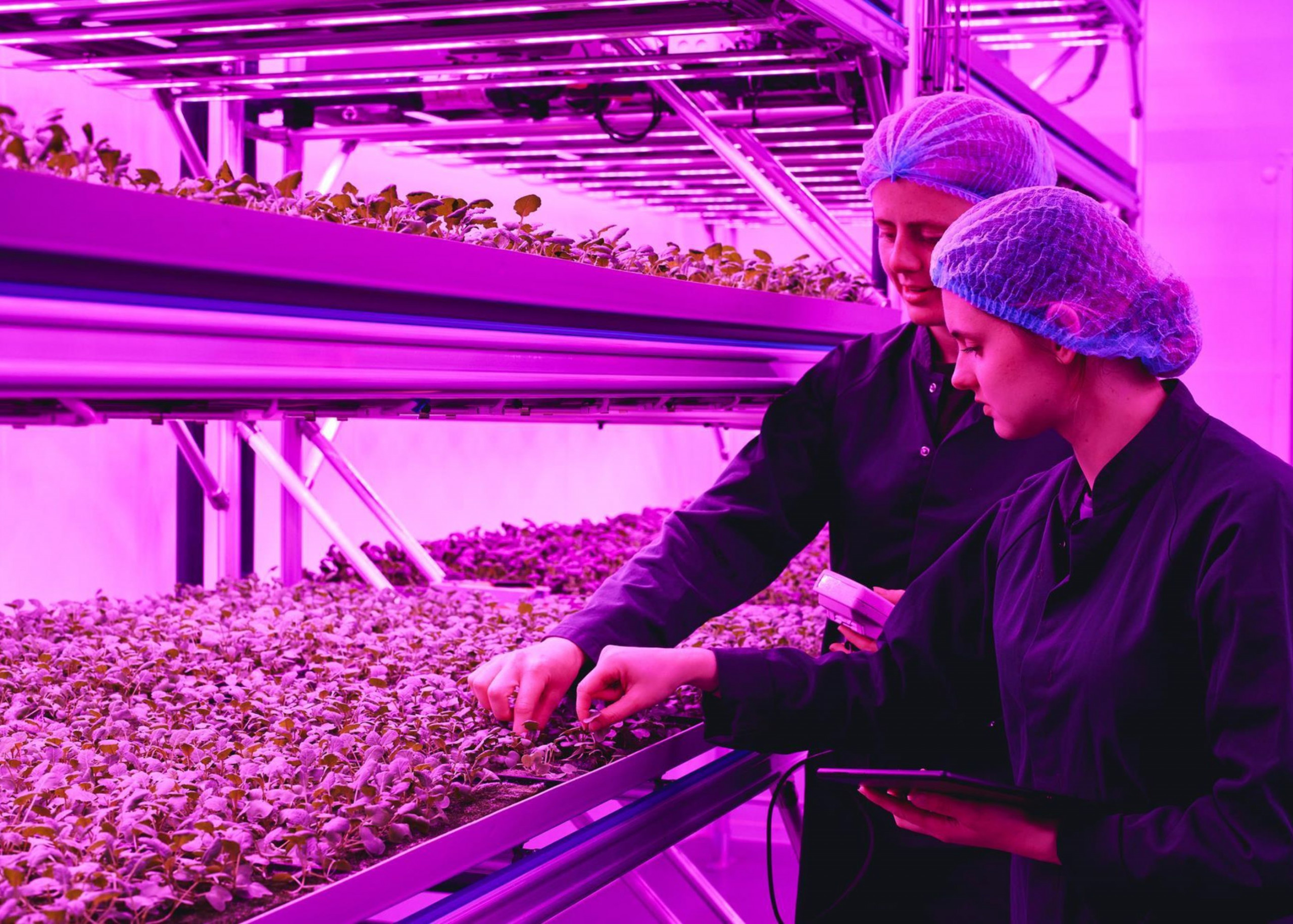News In Brief:
– Ecuador’s pitahaya sees significant growth in exports to Peru and Colombia with official trade recognition boosting commercial dynamics.
– Despite the expansion, low prices in these markets pose challenges for local farmers, prompting calls for technological solutions to enhance quality and productivity.
Ecuador’s pitahaya, a vibrant fruit known for its exotic flavor, has found substantial markets in Peru and Colombia. These two countries now stand as crucial destinations, collectively absorbing 29% of Ecuador’s pitahaya exports, according to a report by Alex Bustos, an agronomist and president of Green Control LA in Ecuador.
Bustos sheds light on a significant shift in commercial dynamics, particularly with Peru. Remarkably, in 2023, customs began officially registering trade between Ecuador and Peru. This official recognition marks a pivotal moment in the trade relations between the two nations.
However, amidst these developments, concerns arise regarding the profitability for local farmers. Bustos emphasises that the average prices in these markets —$0.31 in Peru and $0.17 in Colombia— are alarmingly low. Furthermore, the quality of the fruit destined for Peru mirrors that of the national market, with second-quality fruit comprising 60% of Ecuador’s yellow pitahaya production. This reality underscores the challenges faced by local farmers in maintaining competitive prices.
In light of these challenges, Bustos advocates for technological interventions to enhance quality and productivity. Leveraging technology could potentially uplift Ecuador’s pitahaya industry, ensuring better returns for local farmers and stakeholders.
Beyond Peru and Colombia, Ecuador has witnessed remarkable growth in pitahaya exports. Between January 2023 and January 2024, the country exported a staggering 38,604 tons of pitahaya, amounting to 71% of the total volume exported. This translated to a revenue of 167.2 million dollars, with an average price of $4.1 per kilogram—a notable increase of 37%. The most lucrative markets, Bustos reveals, are China and Hong Kong, offering prices ranging between $6.5 and $7.1 per kilogram FOB.



